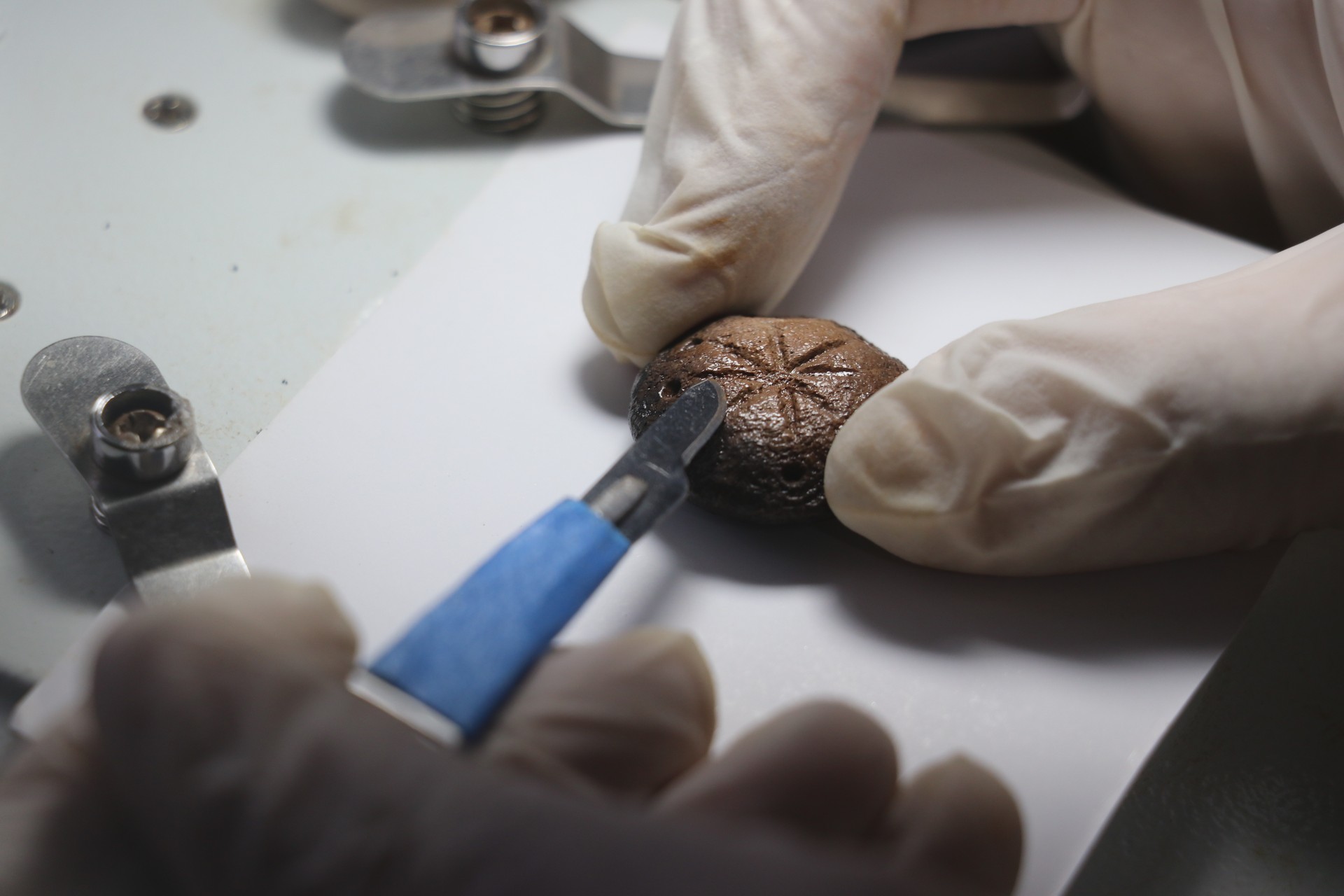
Excavation efforts at the Hadrianopolis Ancient City in the Eskipazar district of Karabuk, Türkiye have unveiled two bone game pieces, dating back to the 5th century. The discovery offers a glimpse into ancient military strategy games once played in the region.
The ancient city, which has been inhabited during the Late Chalcolithic, Roman, and Early Byzantine periods, continues to reveal its secrets through ongoing excavation and restoration work led by Associate Professor Ersin Celikbas from the Department of Archaeology at Karabuk University.
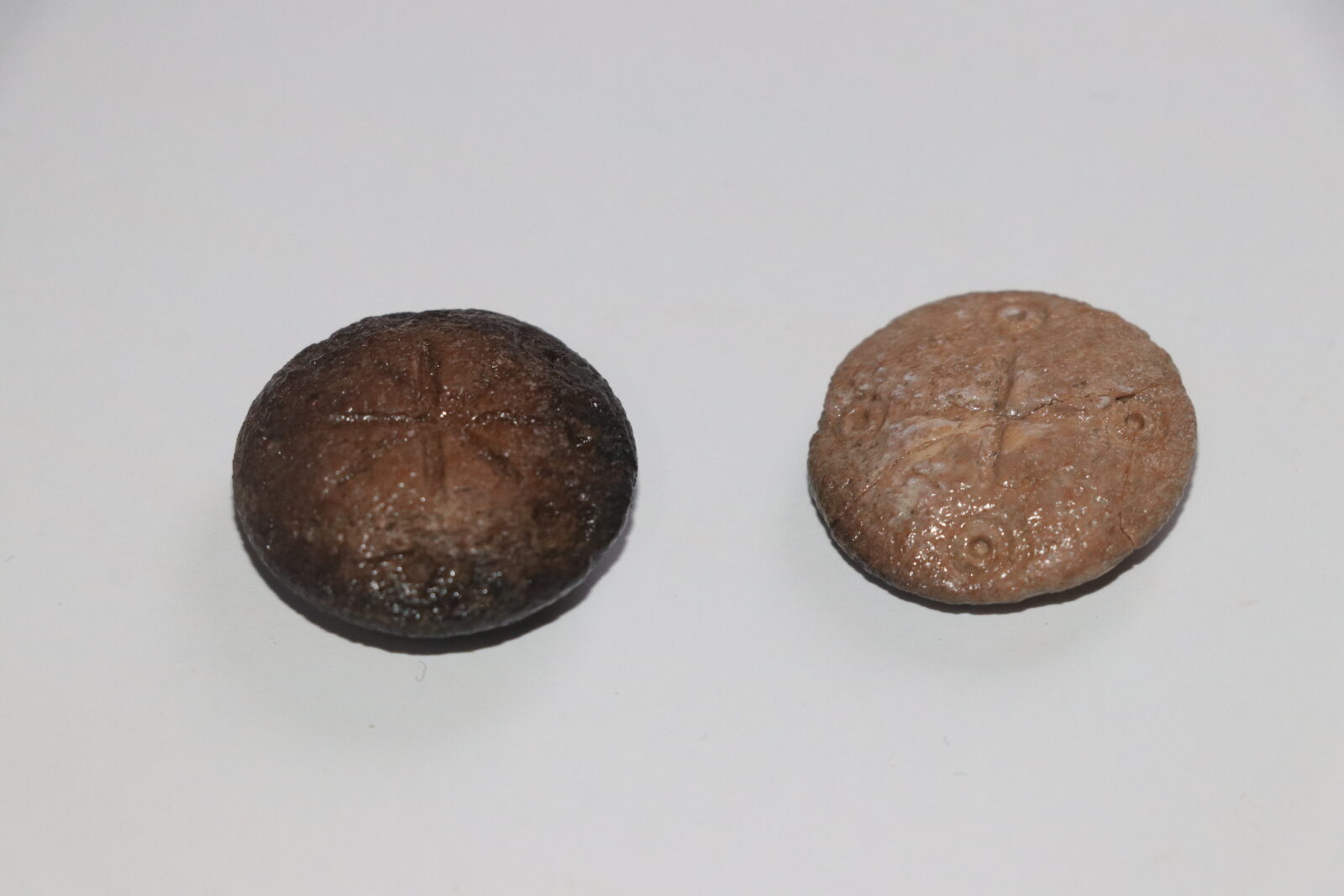
In addition to the game pieces, the excavation has so far uncovered a range of structures, including two baths, two churches, a defensive structure, rock tombs, an inner castle, an underground rock settlement, a fountain, an archway, monumental niches, city walls, villas, and several sacred areas.
The most recent discovery of two bone game pieces offers valuable insight into the types of games played during this period. These artifacts are believed to have been part of military strategy games, providing evidence of the strategic thinking that existed within the military community of Hadrianopolis.

Associate Professor Celikbas spoke with Anadolu Agency, sharing details about the findings and the ongoing excavation efforts under the "Legacy for the Future Project" by the Ministry of Culture and Tourism. "So far, we have encountered significant discoveries," said Celikbas, revealing that two game pieces, in the shape of lentils and discs, were unearthed. "One piece features a four-pronged symbol, while the other has an eight-pronged symbol. These symbols indicate that the pieces were used in a strategic game," Celikbas explained.
Celikbas emphasized that the bone game pieces are linked to ancient military strategy games such as Ludus Latrunculi and Doudecim Scripta, which were popular in the Roman Empire. Both games, based on strategic principles, were widely enjoyed by soldiers and are frequently found in archaeological sites across Anatolia.
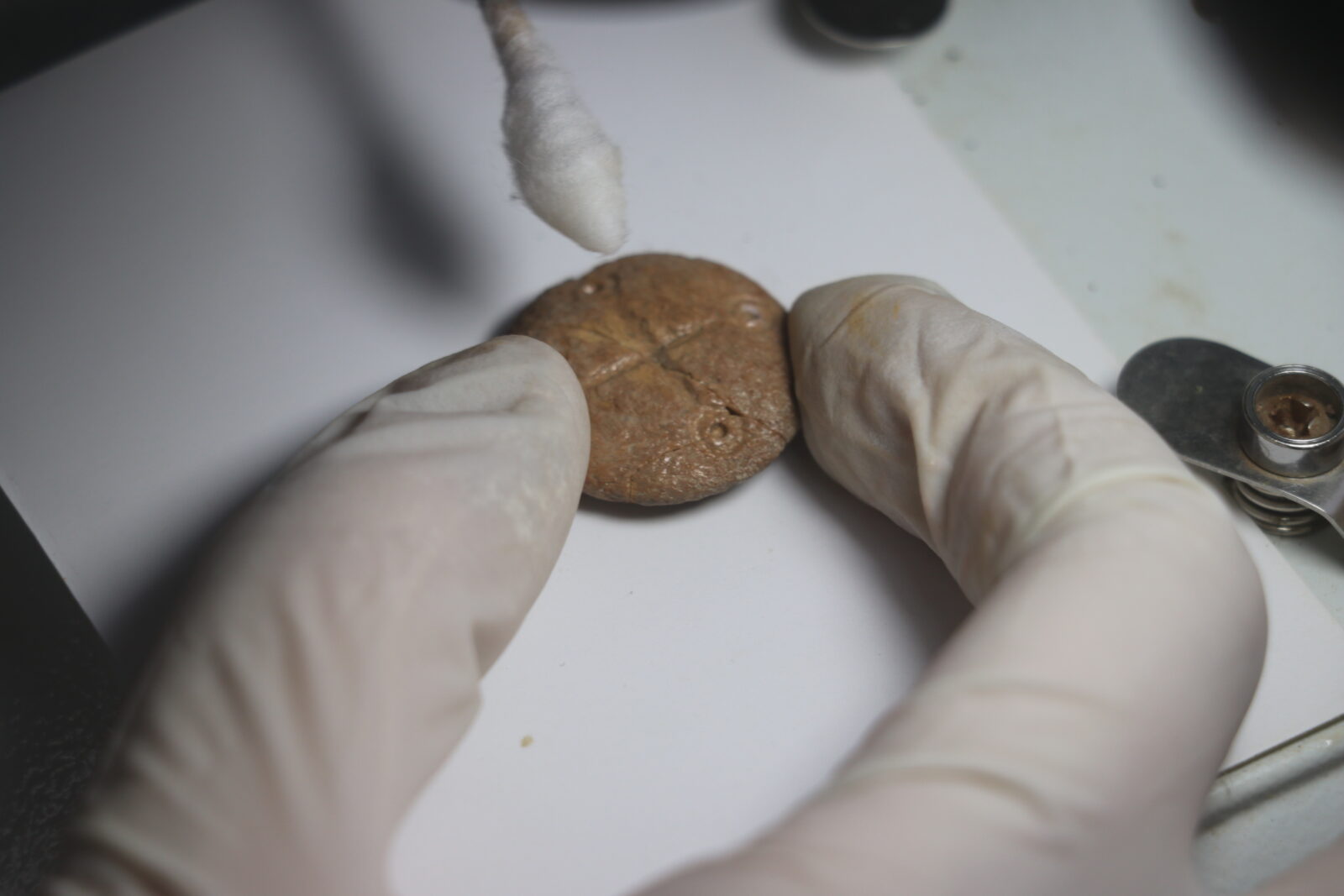
The presence of these game pieces in Hadrianopolis further reinforces the long-standing military presence in the region.
"The existence of a Roman military garrison and the Roman Castle from the 2nd to 5th centuries A.D. is supported by these findings," Celikbas stated, noting that the discovery of such artifacts helps substantiate the history of Roman military life in the area. "We believe that 2025 will bring even more exciting discoveries."
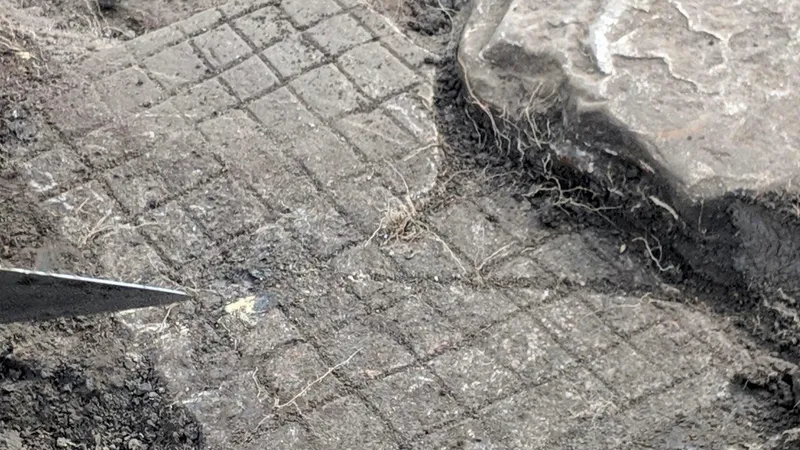
Celikbas also drew parallels between these ancient games and modern-day military strategy games. "Just as soldiers in ancient times enjoyed playing these games, today we see similar games being played, from checkers and battleship to the digital minesweeper," he said.
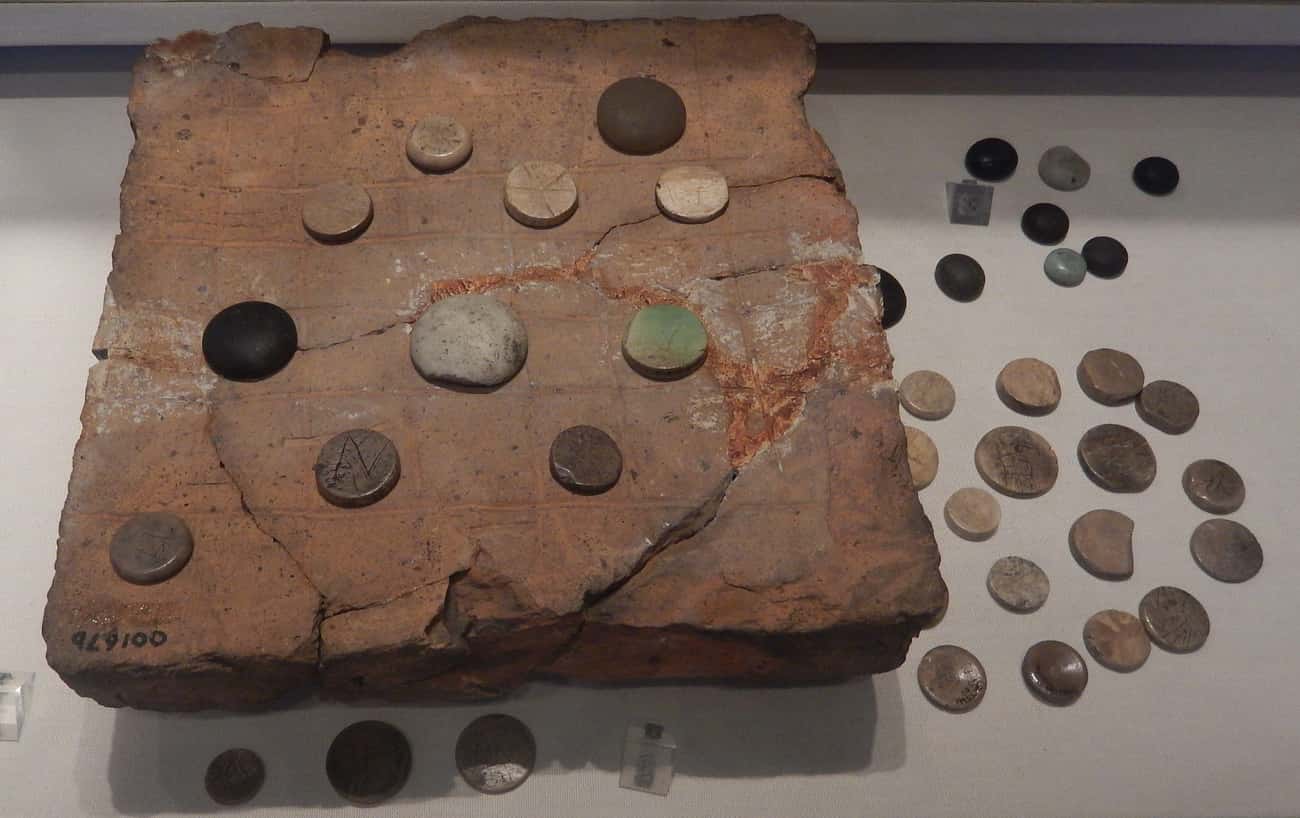
Imagine a Roman outpost at the edge of the Empire, perhaps near the uncharted territories of Caledonia or close to the Teutoburg Forest, where soldiers would engage in the popular strategy game Ludus Latrunculorum—a game of strategy and military tactics. This game, known for its simplicity yet deep strategic layers, was played on a grid using pieces that could represent soldiers in battle. Its popularity continued until the fall of the Western Roman Empire.
The name Latrunculi, derived from the Latin word latro (meaning bandit or soldier), reflects the game's dual meaning—either a "thief's game" or a "soldier's game," depending on interpretation. The game pieces, often made from materials like bone, stone, or glass, represented soldiers and were used to capture opponents' pieces strategically.
The objective of Ludus Latrunculorum was simple: capture all of the opponent's pieces. The game board typically measured at least 8x8 squares, and players moved their pieces along the board, with the goal of outmaneuvering their opponent. Although the exact rules are lost to history, it is believed that pieces could jump over others, much like in checkers, and could block or capture opponents' pieces by surrounding them.
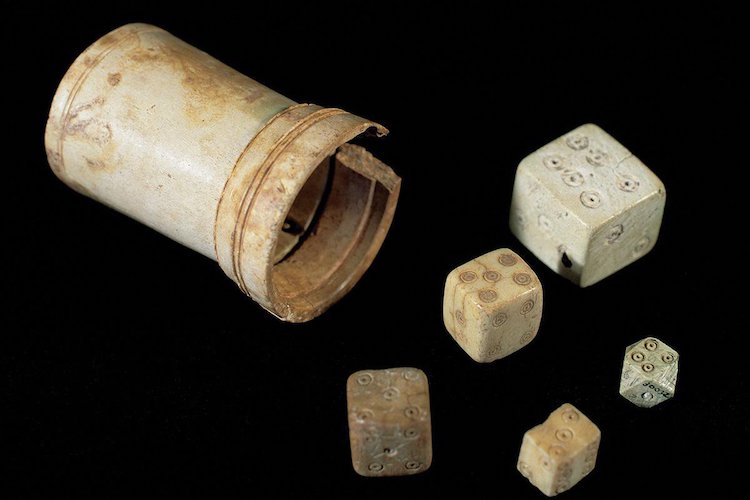
Ancient Romans were also fond of dice games, drawing inspiration from the Greeks. The British Museum houses a collection of ancient Roman dice games, and a "dice tower" from the Roman period was discovered in Germany in 1985.
These dice, made from materials such as bone, crystal, and even deer antlers, were often used for both games and divination. Dice games like these were an important aspect of Roman leisure activities, reflecting the culture's affinity for games of chance and strategy.
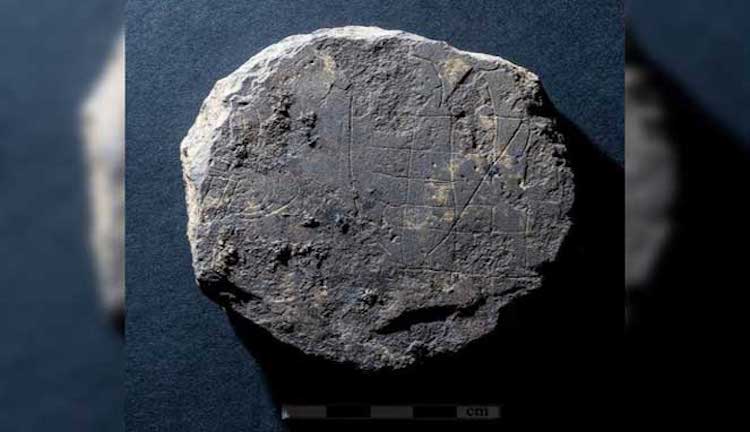
In a related discovery, archaeologists in Russia uncovered a medieval version of the Nine Men's Morris game beneath the spiral staircase of Vyborg Castle, located near Finland's border.
This game, dating back to the 13th century, is similar to earlier Roman and ancient games, showcasing the enduring popularity of strategy-based games throughout history.
The ongoing excavations at Hadrianopolis are not only unearthing fascinating artifacts but also offering new insights into the military life of ancient Roman soldiers. The discovery of these strategic game pieces strengthens the understanding of the region’s rich history and the importance of games in military training and leisure. With continued exploration, more revelations about the past are expected to surface, enhancing our understanding of ancient strategy and play.